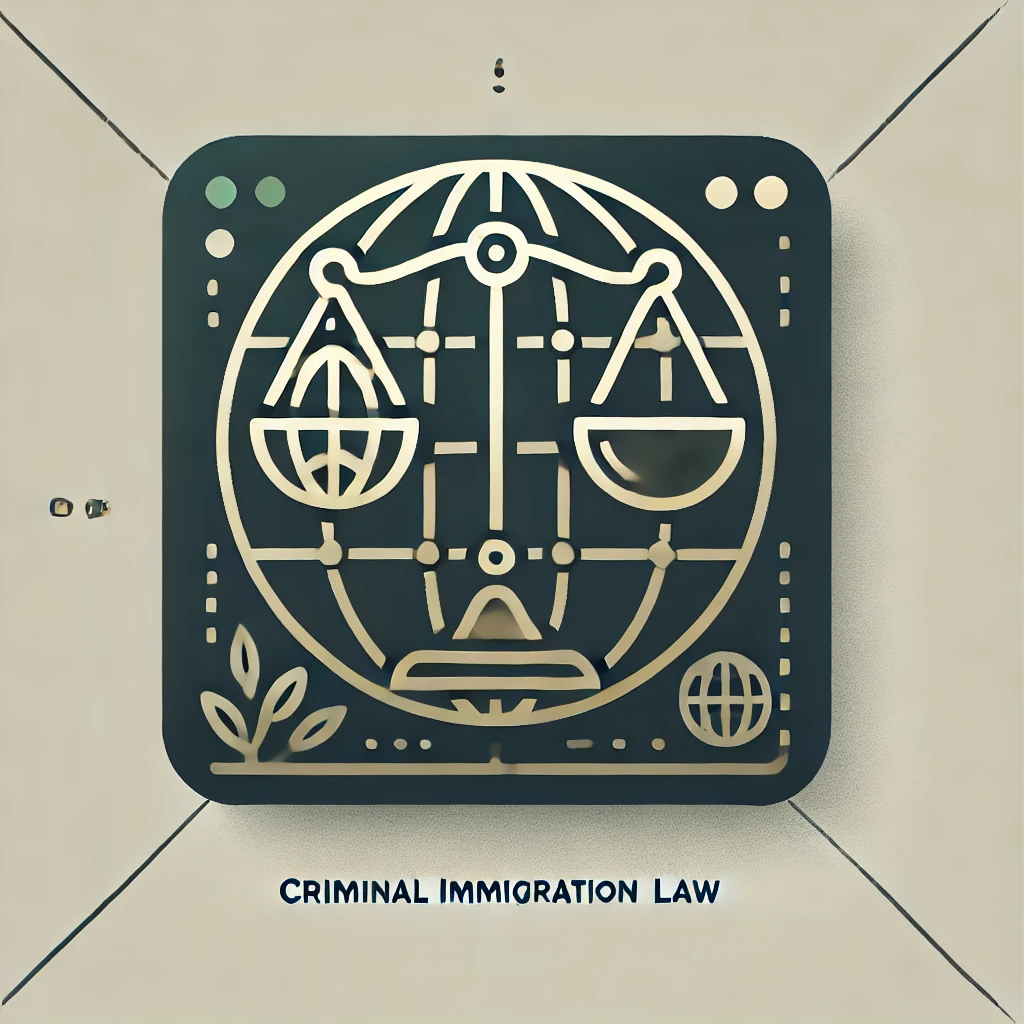Failure to Obey Regulatory Signs: Consequences, Importance, and Tips for Compliance
Table of Contents
Introduction
Picture this: you’re cruising down the highway, the wind in your hair, music blasting, and then suddenly, you miss a stop sign. Maybe it was an honest mistake, or perhaps you were distracted. Regardless, ignoring regulatory signs can lead to serious consequences. But why are these signs so important? And what exactly happens when you fail to heed their instructions?
The Importance of Regulatory Signs
Regulatory signs are a vital component of our transportation system. They are designed to maintain order and safety on the roads by providing essential information to drivers. These signs are not mere suggestions; they are the law. When everyone obeys these signs, roads become safer, traffic flows more smoothly, and accidents are minimized.
Types of Regulatory Signs
Let’s break down the various types of regulatory signs you might encounter:
Get complimentary general advice via email or WhatsApp!
For more in-depth legal counsel, phone or office consultations are available for a flat fee for up to 40 minutes.
Contact Us on WhatsApp Visit Our Contact Page- Stop Signs: Indicate where drivers must come to a complete stop and look for oncoming traffic before proceeding.
- Yield Signs: Require drivers to give the right of way to other vehicles or pedestrians.
- Speed Limit Signs: Inform drivers of the maximum speed they are legally allowed to travel.
- No Entry Signs: Indicate areas where vehicles are not allowed to enter.
- Parking Restrictions: Specify where and when you can park your vehicle.
Consequences of Failing to Obey
Failing to obey regulatory signs isn’t just a minor infraction—it can lead to significant repercussions, both legally and practically. Here’s a breakdown of what can happen:
Legal Consequences
Failure to comply with regulatory signs often results in fines, points on your driving record, and even license suspension. Repeated offenses can lead to more severe penalties, including mandatory driving courses and higher insurance premiums.
Safety Consequences
Ignoring regulatory signs endangers not just yourself but also other road users. Accidents caused by failing to stop at a stop sign or yielding can result in injuries, fatalities, and expensive damage to vehicles.
Tips for Compliance
Staying compliant with regulatory signs isn’t rocket science, but it does require consistent attention and care. Here are some practical tips:
Stay Alert
Always be mindful of your surroundings. Keep an eye out for signs and be prepared to adjust your driving accordingly.
Plan Ahead
Familiarize yourself with your route before hitting the road. Knowing where you’ll encounter stop signs, yield signs, and speed limits can help you stay prepared.
Practice Safe Driving
Follow basic safe driving principles such as maintaining a safe following distance, obeying speed limits, and being courteous to other drivers.
Real-Life Examples
Let’s look at some real-world scenarios where failing to observe regulatory signs had notable consequences:
- Case A: A driver ran a stop sign at an intersection and collided with another vehicle, resulting in severe injuries and a lengthy legal battle.
- Case B: A repeat offender who constantly ignored speed limit signs ended up with a suspended license and hefty fines.
Conclusion
Obeying regulatory signs is more than just following the law—it’s about ensuring safety and harmony on the roads. The next time you see a stop sign or a speed limit sign, remember the importance behind those symbols. They’re there to protect you and others. Stay alert, drive responsibly, and always follow regulatory signs.
Looking for in-depth legal counsel? Call us or visit our contact page to schedule a paid consultation.
Call Us Visit Our Contact PageFAQs
- What is the most common regulatory sign? The Stop sign is one of the most common and universally recognized regulatory signs.
- Can I contest a ticket for failing to obey a regulatory sign? Yes, you can contest it in traffic court, but it’s advisable to have clear evidence or witnesses to support your case.
- Are all regulatory signs enforceable by law? Yes, all regulatory signs are legally enforceable and must be followed.
- What happens if I fail to yield? Failing to yield can result in a traffic citation, fines, and potential accidents.
- Do regulatory signs vary by country? Yes, while many signs are standardized, some variations exist between countries.
- Can I get points on my license for ignoring regulatory signs? Yes, in many jurisdictions, failure to obey regulatory signs results in points on your driving record.
- Are speed cameras considered regulatory signs? No, but they enforce speed limits indicated by regulatory signs.
- Do cyclists have to obey the same regulatory signs as cars? Yes, cyclists must follow the same regulatory signs as motor vehicles.
- Why are regulatory signs important? They ensure road safety, manage traffic flow, and reduce the risk of accidents.
- Can I ignore a regulatory sign in an emergency? Generally, you should always follow regulatory signs, but specific emergencies may be exceptions. Exercise caution and consider legal implications.
If you still have questions or need legal assistance, please feel free to contact us. We’re here to help you navigate through any legal concerns you may have.
For more information, you can visit the Wikipedia page on Traffic Signs or the USA.gov page on driving laws.
